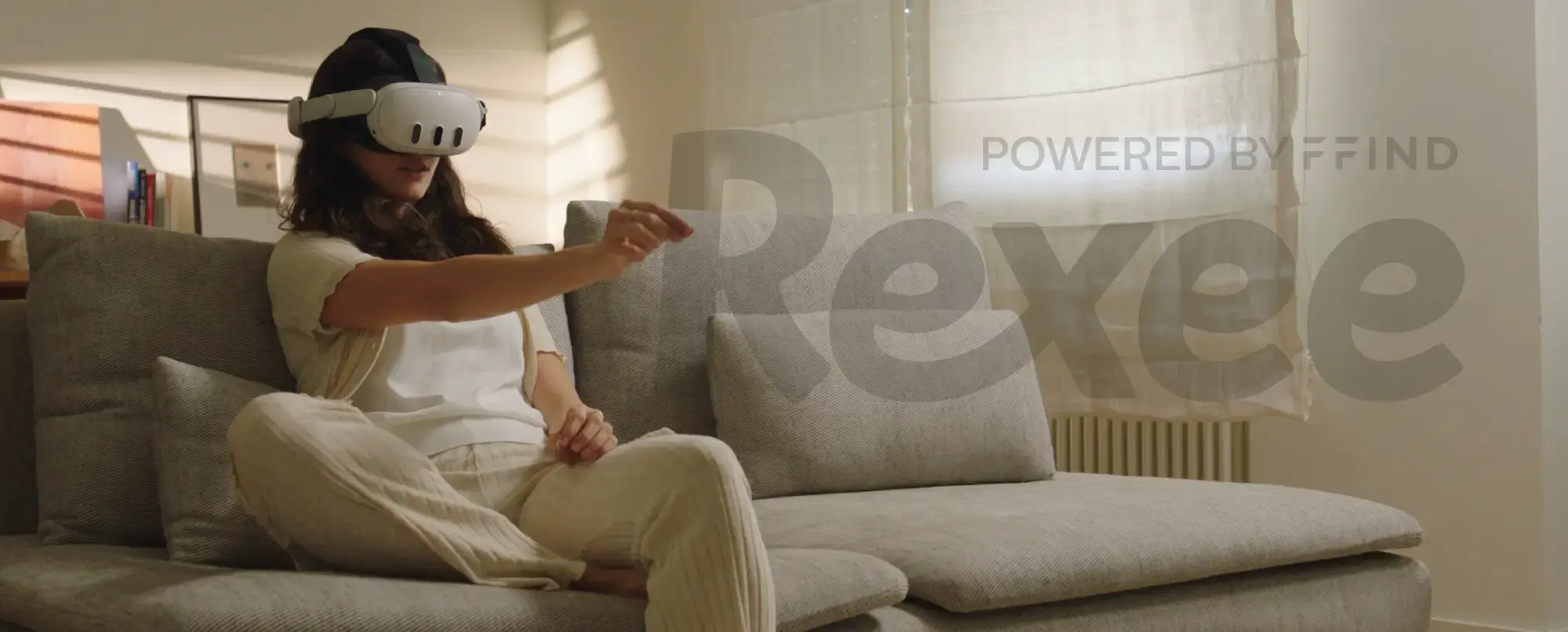
How to find respondents for a survey
Both in quantitative and qualitative market research, even if you have the perfect questionnaire, without the right audience to interview, you risk to get nothing. If you’ve asked yourself how to find respondents for a survey, here you’ll find an infallible solution.
First of all, it’s important to understand if the audience you’re trying to reach has a penetration rate of less than 20%. If at least 3 out of 10 people are in the target, then we are beyond the penetration threshold. If it’s higher, you know you can rely on various tools in the market, such as:
Online Panel
The panels are online companies that bring together a number of individuals, called panelists, who declare that they want to be interviewed for market research, often in return for rewards. The panelists respond from time to time to surveys that will serve to give the panel itself additional information for a precise profiling of its characteristics. The flaw of the panels is that they often send surveys even to those who don’t have the required characteristics, and often the respondent participates only to get the reward, potentially lying to some questions from the beginning of the questionnaire.
CATI Services
Unlike the panels, call centers that operate in market research don’t have a database of names that gave their approval to participate in market research, so the research becomes more difficult, except for when a part of data is directly provided by the client. The difficulty of CATI, as for CAWI, is inversely proportional to the percentage of penetration: the more specific a target is (less representative), the more phone calls we will have to make to find the right respondent. This results as an increase in costs compared to the CAWI, which doesn’t have the human connection with the interviewer.
I’ve been working with CATI quantitative market research (Computer Assisted Telephone Interview) for many years. In order to solve the problem of finding targets with very low penetration rates, in 2017 I started experimenting with a method to find respondents for the surveys directly on social media. Unless it’s a study about interviewing 80-year-old women who have bunions, social media is the largest and most effective panel in the world.
How to find respondents for a survey on social media
You may need to find respondents for qualitative research (product test, F2F, focus group, video interview) or for quantitative research (online surveys, telephone interviews, PAPI, etc.). The CubeSurvey method (I named it Cube, because the potential of market research is cubed) is effective for any kind of research.
- Do you need to interview cigar smokers in the United States?
- Do you need to find three drivers of a limited-edition car?
- Do you need to submit the questionnaire to people with rare diseases?
Well, no Panel and no CATI Service will find more suitable respondents than those you will find on social media.
Let’s assume we have to interview 25 to 45-year-old women suffering from diabetes in France by phone. We start with creating a Facebook campaign.
Lead Generation Facebook Ads
Facebook Lead Generation Ads is a very useful tool, because if you use a “proprietary” landing page (for example built with GetResponse or HubSpot), when the user clicks, they might wait for a few seconds before landing on the page. With Facebook integrated landing, the user won’t waste any second, they immediately access the landing page.
On this page, you need to create a mini-survey (2-3 screening questions) to check if the user is actually eligible for the survey and if they agree to proceed with the interview, however it may be conducted.
We define the audience to whom we will show the sponsored post

In France we identified 77.000 women, between 25 and 45 years old, who follow topics related to diabetes and diabetics. In this same page, we will also insert the daily budget (I added 20 euros just to give you a rough reference), and Facebook calculates the daily result reach with a speedometer, that is how many people see our post per day. It doesn’t mean that they will click, but they will only see the post in their newsfeed.
Warning
many clicks don’t mean many conversions. I advise you to do A/B tests by testing different images, to identify the most performing one. Headline and status are also essential, quickly test them and choose the best one. My advice is: be transparent, especially after the Cambridge Analytica debacle and the new GDPR. IMMEDIATELY specify that you are conducting a market research, that the personal data recorded will be protected and then destroyed, and that the questionnaire will be strictly anonymous. Also specify the duration of the questionnaire and if it’s a telephone interview or an online interview.
If a user clicks and leaves the landing page immediately, finding out that they have to give their phone number, then it’s better discouraging them before they click. We need to be able to generate highly qualified access to the landing page, in order to get more data in the shortest time possible.
Creating the sponsored post
As you can see, the post is developed in 4 main parts:
- Text: it must be as explicit and clear as possible, don’t be afraid to reveal too much;
- Image: evocative, try an A/B test, sometimes vector images work better;
- Headline: short and immediate, I entered “Topic > Survey”
- Call to Action: “Apply Now” is one of the options proposed on Facebook.
Here I used a screenshot of a post on a mobile device, because more than 70% of social traffic is on smartphones. It’s almost not appropriate to promote the post on desktop. If necessary, you can clone the campaign and keep 2 of them turned on, one for mobile and one for desktop, then evaluate which one to keep, according to the performance.
How much does it cost to find respondents for a survey?
Therefore, still talking about “low penetration public”, which is impossible to reach using traditional research methods, with the CubeSurvey method by investing 100 euros per day, we can:
- reach about 5.000 women
- get 500 clicks
- receive 150 answers
By investing 1.000 euros, we can get about 1.500 phone numbers of people who say they want to be interviewed by phone. They’re rough numbers, we spent a lot more to find less numbers. Each topic in different countries can get a different reaction and certainly the duration of the interview is crucial. You can also take advantage of other social media, such as Twitter and Instagram, achieving amazing results. Obviously, you must do the necessary upstream studies.
What can you do after finding respondents for the survey?
If it’s a qualitative research, you won’t have to do anything but contact the respondents by email or phone to make an appointment.
If it’s a quantitative online research, so you built a survey to be directly completed online, instead of a Lead Generation sponsored post, you should do a Traffic post, to bring the user directly to the survey conducted on a special professional platform, by clicking on the post.
If it’s a quantitative telephone research, you must have real-time dialogue: the Social Media Manager with the Project Manager; the Project Manager with the Field Supervisor; the Field Supervisor with the call center operators. This way, while collecting the respondents’ data, you can immediately start the market research.
If you need advice, please contact me at e.armato@iff-international.com
Other Articles
-
Rexee15 October 2025
ESOMAR Congress 2025: FFIND presents the shelf test in VR
What if you could run a full shelf test — products, aisles, cart and all — without the need for physical stores or flat 2D mock-ups? That’s our latest development with Rexee, our ... -
Rexee28 April 2025
Transform Data Collection with XR: Rexee’s virtual reality market research
In today’s world, market research is expected to deliver more — greater authenticity, deeper engagement, richer insights, and higher-quality data. As consumer behavior evolves and ... -
Rexee24 September 2024
ESOMAR 2024: FFIND presents Rexee, the new frontier of market research in XR
On September 9th, we were speakers at the ESOMAR Congress 2024, the global benchmark for those working in market research, data, and insights. Every year, this event brings togethe...


